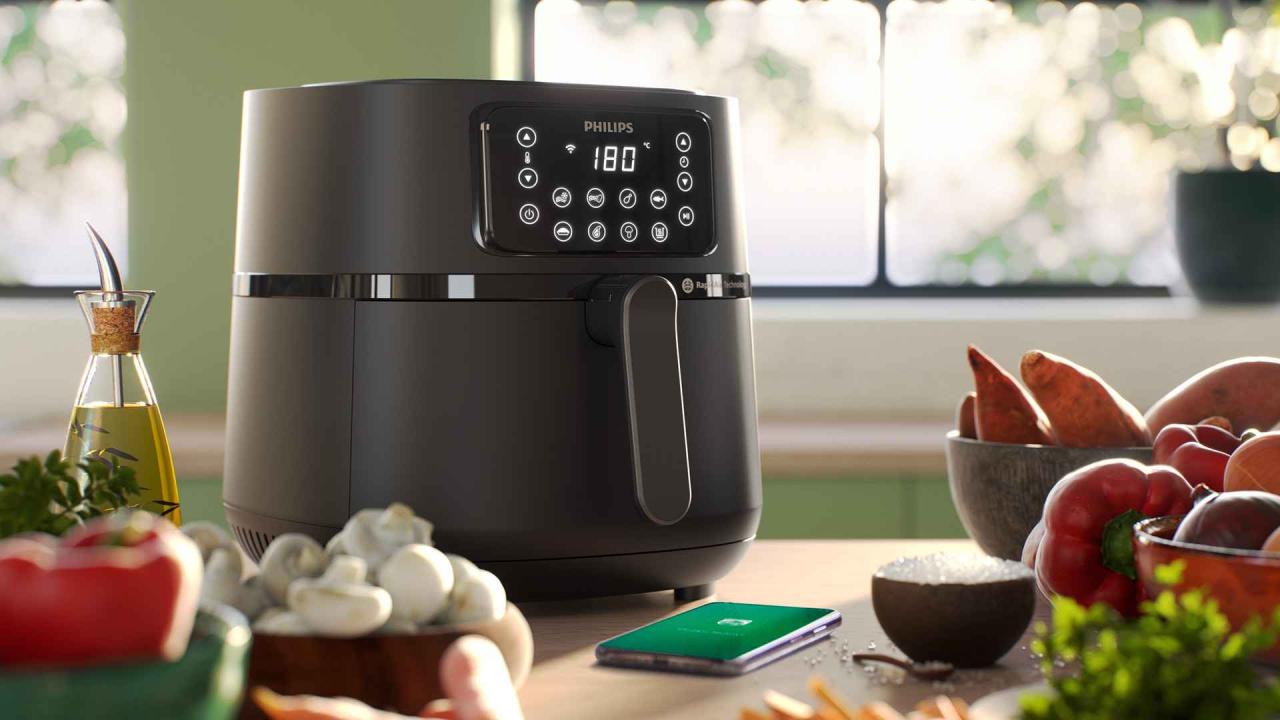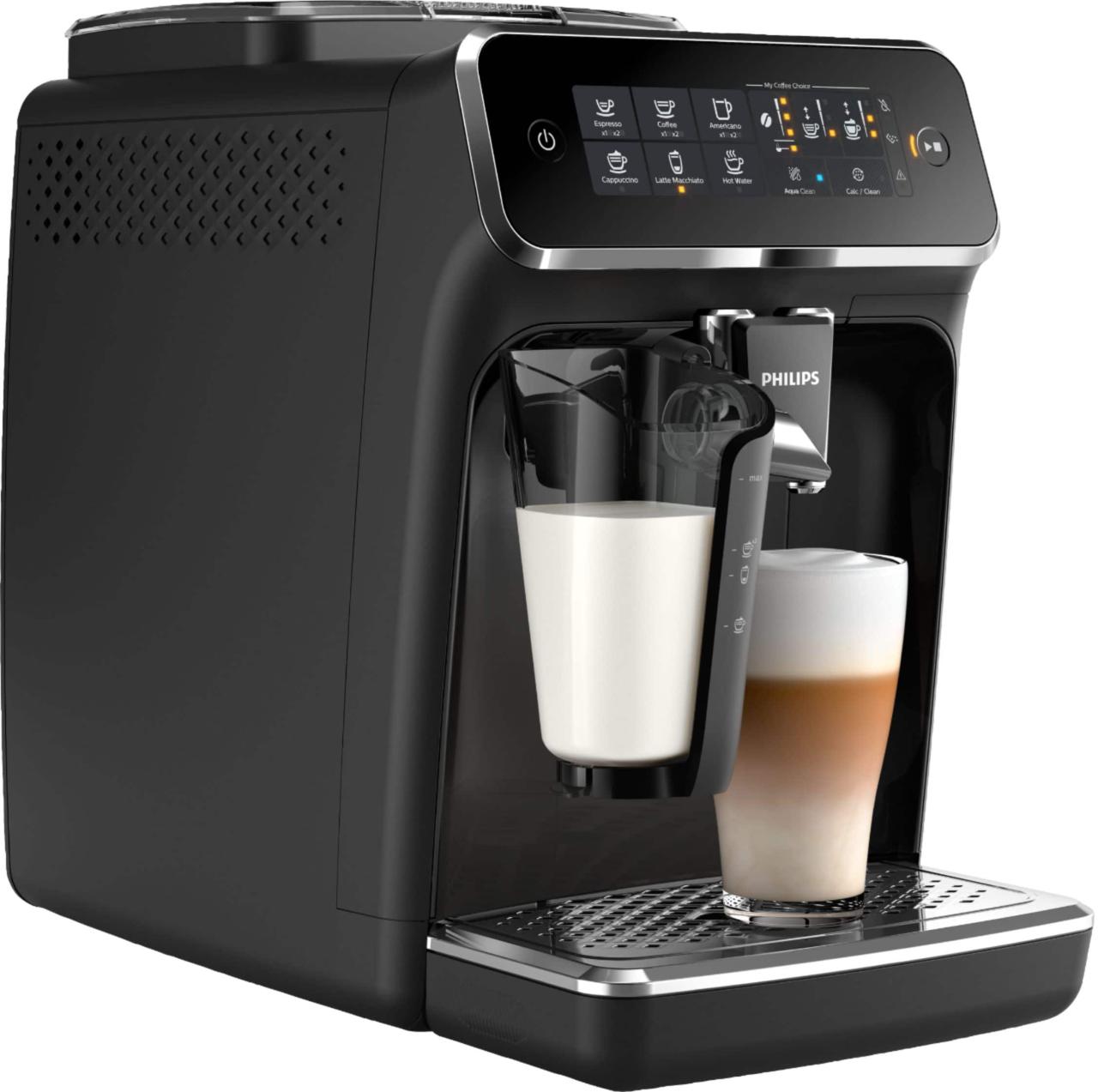Philips Hue Bridge WiFi is the cornerstone of modern smart lighting solutions, seamlessly connecting your home to a world of possibilities. It not only serves as a hub for controlling your Philips Hue lights but also integrates with various smart home ecosystems, enhancing your living space with intuitive automation and customization.
With its robust technical specifications and compatibility with multiple protocols, the Philips Hue Bridge is designed to optimize your lighting experience. Setting it up with your Wi-Fi network is straightforward, ensuring you can enjoy advanced features like remote access and voice control, making your home smarter and more energy-efficient.
Understanding the Philips Hue Bridge
The Philips Hue Bridge is a critical component of the Philips Hue smart lighting ecosystem, enabling seamless control and automation of various lighting fixtures within a home or office. As the central hub, it connects all Philips Hue lights and allows users to manage them through a unified platform, fostering an enhanced lighting experience.
The Philips Hue Bridge operates as the brain of the smart lighting system, providing communication between the lights and the user’s devices. It utilizes Zigbee protocol, which ensures a strong and reliable connection, even when multiple devices are in operation. The Bridge can support up to 50 Hue bulbs and various other accessories such as dimmer switches and motion sensors. This system integrates easily with smart home assistants like Amazon Alexa, Google Assistant, and Apple HomeKit, allowing for voice control and automation features.
Technical Specifications of the Philips Hue Bridge
The technical specifications of the Philips Hue Bridge highlight its capabilities and compatibility with other smart home devices. Understanding these details is essential for potential users to maximize the performance of their smart lighting setup.
- Communication Protocols: The Philips Hue Bridge primarily utilizes Zigbee Light Link (ZLL) for communication with bulbs, ensuring energy-efficient and reliable operation. Additionally, it employs Wi-Fi for connecting with the home network.
- Connectivity: The Bridge connects via Ethernet to the router and supports 802.11 b/g/n Wi-Fi standards for seamless internet access.
- Power Supply: The Philips Hue Bridge operates on a 5V power supply, typically provided through a standard AC adapter.
- Compatibility: Supports various smart home systems, including Apple HomeKit, Amazon Alexa, and Google Assistant, enabling users to integrate lighting control with other smart devices.
- Firmware Updates: The Bridge receives regular firmware updates, enhancing functionality and security over time.
Comparison with Other Smart Lighting Hubs
When evaluating the Philips Hue Bridge, it’s essential to consider how it compares to other smart lighting hubs in the market. This comparison highlights the unique features and advantages offered by the Philips Hue system.
- Philips Hue Bridge vs. Lutron Caseta: While both can control smart lighting, the Philips Hue Bridge supports a broader range of bulbs and is specifically designed for RGB lighting, offering users a more extensive palette of colors compared to the Lutron system, which is primarily focused on dimmable white lighting.
- Philips Hue Bridge vs. Samsung SmartThings: Samsung SmartThings serves as a comprehensive smart home hub with compatibility across various brands and devices. However, Philips Hue Bridge’s dedicated focus on smart lighting and Zigbee protocol often results in more stable connections and better performance for Hue bulbs specifically.
- Philips Hue Bridge vs. Wyze Bulbs: Wyze bulbs can connect directly to Wi-Fi without requiring a hub, making them easy to set up. However, they lack the advanced features and extensive customization options available with the Philips Hue Bridge, such as light scenes and automation through the Hue app.
Setting Up the Philips Hue Bridge with Wi-Fi

Setting up the Philips Hue Bridge with your Wi-Fi network is essential for ensuring seamless control of your smart lighting system. This process allows you to connect your lights to your home network, enabling you to manage them from your smartphone or tablet, as well as integrate them with other smart home devices.
To begin the setup process, ensure you have your Philips Hue Bridge, a power source, and a stable Wi-Fi connection available. Follow these step-by-step instructions to connect your Hue Bridge to your Wi-Fi network effectively:
Step-by-Step Setup Procedure
The following steps Artikel the setup process for connecting your Philips Hue Bridge to Wi-Fi:
- Unbox the Philips Hue Bridge and place it in a central location within your home to ensure optimal connectivity.
- Connect the power adapter to the Hue Bridge and plug it into an electrical outlet. Wait for the power indicator light to turn on.
- Download the Philips Hue app on your smartphone or tablet from the App Store or Google Play Store.
- Open the Philips Hue app and follow the on-screen instructions to create an account or log in.
- The app will prompt you to search for your Hue Bridge. Once detected, tap on ‘Connect’ to establish a connection.
- When prompted, connect your smartphone to the same Wi-Fi network that you want to use for the Hue Bridge. Ensure that you input the correct Wi-Fi password.
- Once connected, the Hue Bridge will automatically check for any firmware updates. Allow it to complete this process.
- After the update, the app will guide you through adding and configuring your Philips Hue bulbs and lights.
Following these steps will help establish a stable connection between your Hue Bridge and Wi-Fi network, ensuring your smart lighting system is ready for use.
Troubleshooting Connectivity Issues
During the setup process, you may encounter connectivity issues. Understanding common troubleshooting methods can help resolve these problems quickly. Here are some effective solutions:
Ensure your Hue Bridge is within the range of your Wi-Fi router for optimal performance.
- Check the power connection to your Hue Bridge; ensure that it is plugged in and the power light is illuminated.
- Verify that your Wi-Fi network is functioning properly by connecting another device to it.
- Restart your router to reset the network connection.
- Reboot the Hue Bridge by unplugging it for a few seconds and then plugging it back in.
- Ensure that the app is updated to the latest version, as outdated software can cause connection issues.
- If you have a dual-band router, try switching between the 2.4 GHz and 5 GHz bands for better compatibility.
These steps will assist in identifying and resolving common connectivity challenges when setting up the Philips Hue Bridge.
Optimizing Wi-Fi Performance
To ensure smooth operation of the Philips Hue Bridge and connected devices, it is crucial to optimize your Wi-Fi performance. Consider the following strategies:
Positioning your Hue Bridge away from dense materials can enhance signal strength.
- Place the Hue Bridge in a central location away from walls, furniture, or appliances that may interfere with the signal.
- Limit the number of devices connected to your Wi-Fi network to reduce congestion and improve bandwidth availability.
- Upgrade your router if it is older or does not support the latest Wi-Fi standards (such as Wi-Fi 5 or Wi-Fi 6).
- Use a Wi-Fi extender or mesh network to boost signal strength in larger homes or areas with weak connectivity.
- Regularly check for firmware updates for both your router and Hue Bridge to ensure optimal performance.
By following these tips, you can enhance the Wi-Fi performance of your Philips Hue Bridge, ensuring a seamless experience while controlling your smart lighting.
Features and Capabilities of the Philips Hue Bridge

The Philips Hue Bridge serves as the central hub for the Philips Hue smart lighting system, unlocking a plethora of features that enhance the functionality of your smart home. With its advanced capabilities, the Hue Bridge not only allows for seamless control of your lights but also integrates with various smart home ecosystems to deliver a truly connected experience.
The Philips Hue Bridge offers a variety of smart features that elevate the way users interact with their lighting. Remote access enables homeowners to control their lights from anywhere in the world using a smartphone app, ensuring that security and convenience are always at hand. Furthermore, automation allows for the creation of schedules and routines, making it easy to set lighting moods based on time of day or specific events.
Remote Access and Automation
One of the standout features of the Philips Hue Bridge is its ability to facilitate remote access and automation of lighting. Users can easily manage their lighting setup from their smartphones, allowing for real-time adjustments and monitoring. The significance of this capability extends to enhancing security and energy efficiency.
– Remote Access: With the Hue app, users can turn lights on or off, change colors, and adjust brightness, all from anywhere with an internet connection. This feature is particularly useful for ensuring that lights are off when away from home, or even simulating presence by scheduling lights to turn on at specific times.
– Automation: The Philips Hue Bridge allows users to set up automations that adjust lighting based on specific triggers. For example, lights can automatically dim at sunset or turn on when motion is detected. This feature not only adds convenience but also contributes to energy saving, as lights can be set to turn off after a designated period of inactivity.
Integration with Voice Assistants and Smart Home Ecosystems
The Philips Hue Bridge is designed to work seamlessly with popular voice assistants and smart home ecosystems, further enhancing its functionality. This integration allows users to control their lighting effortlessly using voice commands.
– Voice Control: The Hue Bridge is compatible with major voice assistants such as Amazon Alexa, Google Assistant, and Apple HomeKit. Users can issue simple voice commands to turn lights on or off, change colors, or set scenes, making it an excellent addition to a hands-free lifestyle.
– Smart Home Compatibility: The Hue Bridge connects with various smart home platforms, allowing for comprehensive automation scenarios. For instance, it can cooperate with smart thermostats, security cameras, and other devices within a smart home ecosystem, providing a unified control experience through a single app or interface.
Security Measures for Protection, Philips hue bridge wifi
Given the increasing importance of security in smart home technology, the Philips Hue Bridge incorporates robust security measures to protect users and their devices from unauthorized access.
– Data Encryption: Communication between the Philips Hue Bridge and connected devices is secured with encryption protocols. This means that data traveling over the network is protected from potential eavesdropping or interception by malicious entities.
– User Authentication: The Hue Bridge requires secure logins, ensuring that only authorized users can access the system. The app also supports two-factor authentication for an added layer of security, making it even harder for unauthorized users to gain access.
– Firmware Updates: Philips regularly provides firmware updates to address any potential vulnerabilities. Keeping the Hue Bridge and its connected devices up to date is crucial for maintaining security and ensuring that all features function optimally.
Through these features and capabilities, the Philips Hue Bridge stands out as a versatile and secure solution for modern smart home lighting needs.
Advanced Uses of the Philips Hue Bridge: Philips Hue Bridge Wifi

The Philips Hue Bridge is not just a hub for your smart lighting; it opens up a world of advanced automation and personalization. This guide delves into how you can maximize the capabilities of your Philips Hue system by programming custom light scenes, integrating with third-party applications, and extending functionality with additional devices. By harnessing these advanced uses, you can create a truly bespoke lighting experience in your home.
Programming Custom Light Scenes and Routines
Creating custom light scenes allows you to tailor the ambiance of your space to fit different moods and activities. With the Philips Hue Bridge, you can easily set up various scenes that can be activated at any time. To program these scenes, follow these steps:
1. Open the Philips Hue App: Ensure your Philips Hue Bridge is connected to your Wi-Fi and open the app on your smartphone.
2. Select ‘Routines’: Navigate to the ‘Routines’ section in the app to begin creating your personalized scenes.
3. Create a New Routine: Tap on ‘Create New Routine,’ where you will have options to set specific times, activities, or even triggers based on your location.
4. Choose Your Lights: Select the lights you want to include in the routine and customize their brightness and color.
5. Schedule Activation: Set the time and frequency for when you want the scene to activate, whether it’s daily, weekly, or just once.
Custom routines can be configured for various scenarios, such as a wake-up routine with bright light mimicking sunrise or a relaxing scene with soft, warm colors for unwinding.
Integrating the Philips Hue Bridge with Third-Party Applications and Services
The versatility of the Philips Hue Bridge is greatly enhanced through integration with third-party apps and services. These integrations allow for seamless control and automation, creating a more connected smart home environment.
– Smart Home Assistants: Philips Hue Bridge works effortlessly with popular smart home ecosystems such as Amazon Alexa, Google Assistant, and Apple HomeKit. This integration enables voice control for your lighting, allowing for hands-free operation.
– IFTTT (If This Then That): By connecting the Philips Hue Bridge to IFTTT, you can automate your lighting based on a variety of triggers, such as a weather change or a calendar event. For example, you can set your lights to flash when it starts to rain or change color based on your calendar appointments.
– Home Automation Systems: Platforms like Home Assistant and Hubitat can also be integrated with the Philips Hue Bridge to create elaborate automation scenarios involving multiple smart devices.
Through these integrations, users can create dynamic environments that react to daily life, enhancing the overall functionality of their smart homes.
Extending the Philips Hue Bridge Functionality with Additional Accessories and Devices
To further enhance the capabilities of your Philips Hue Bridge, consider integrating additional accessories and devices. These extensions can provide more control and versatility for your lighting setup.
– Philips Hue Dimmer Switch: This battery-operated switch allows for easy control of your lights without needing to open the app. You can assign different scenes to specific buttons for quick access.
– Philips Hue Motion Sensor: This sensor can automate lighting based on movement, turning lights on when someone enters a room and off after they leave. It’s perfect for areas like hallways or bathrooms.
– Philips Hue Play and Hue Lightstrip: For those looking to add ambient lighting, these accessories can be integrated to create immersive experiences, such as synchronizing lights with music or TV shows.
By incorporating these additional devices, you can create a more tailored and responsive lighting system that seamlessly adapts to your lifestyle and preferences. Each accessory enhances the overall experience, making the Philips Hue Bridge a central component of your smart home ecosystem.
FAQs
What is the range of the Philips Hue Bridge?
The Philips Hue Bridge has a range of approximately 30 meters indoors and up to 100 meters outdoors, depending on environmental factors.
Can I connect multiple Philips Hue Bridges?
Yes, you can connect multiple Philips Hue Bridges, but each bridge will require its own separate setup and configuration.
Does the Philips Hue Bridge support Apple HomeKit?
Yes, the Philips Hue Bridge is compatible with Apple HomeKit, allowing you to control your lights using Siri.
Can I use the Philips Hue Bridge without a smartphone app?
While the app provides the most functionality, you can use the Philips Hue Bridge with physical switches or voice assistants without the app.
Is the Philips Hue Bridge secure from hacking?
The Philips Hue Bridge incorporates strong encryption and regular firmware updates to protect against unauthorized access.
If you’re looking to enhance your smart home experience, consider the versatility of philips hue wifi. With its seamless integration, you can easily control your lighting from anywhere, creating the perfect ambiance for any occasion. Not only does it offer a wide range of colors, but it also allows for automation, making it a must-have for modern living.
To take your home automation a step further, incorporating a switch z wave can greatly improve connectivity among your devices. This technology facilitates communication between smart devices, ensuring they work in harmony. With a Z-Wave switch, you can effortlessly manage your home environment, making everyday tasks simpler and more efficient.